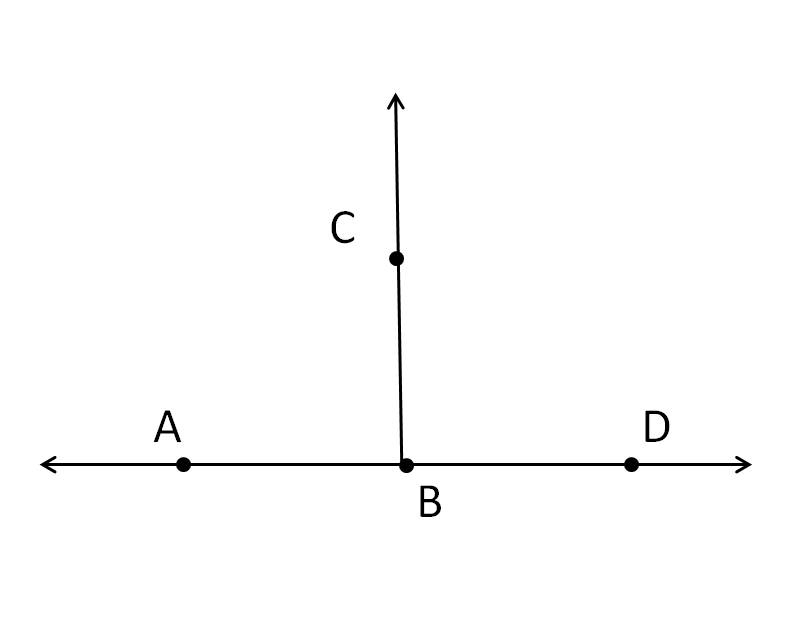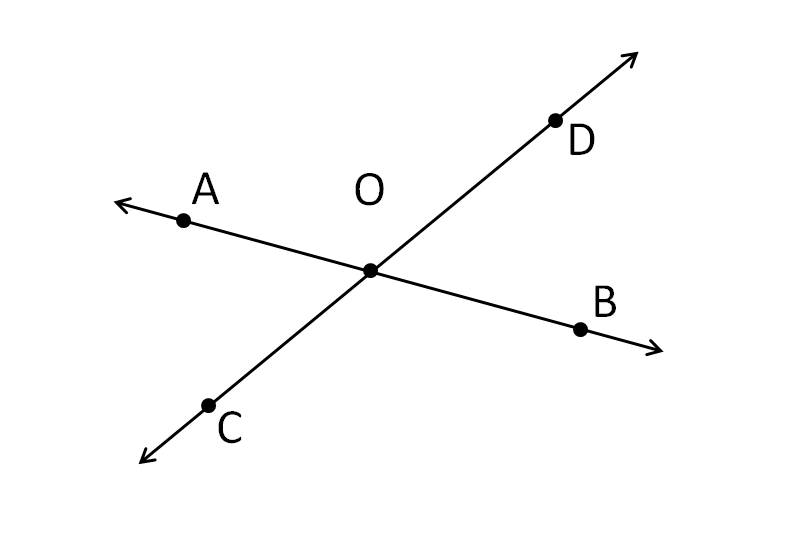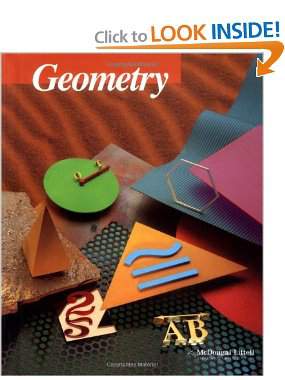Connecting...

This is a quick preview of the lesson. For full access, please Log In or Sign up.
For more information, please see full course syllabus of Geometry
For more information, please see full course syllabus of Geometry
Geometry Proving Angle Relationships
Lecture Description
In this lesson we are going to prove some angle relationships. The first one we are going to cover is the supplement theorem. This theorem says that if two angles form a linear pair, then they are supplementary angles. A linear pair actually means that they form a line and that they add up to 180 degrees. Next you'll learn about the congruence of angles and some of the properties of the congruence, like the reflexive property, and the symmetric property. This lesson covers a lot of angle theorems. One of them tells us about right angles, and the other one about vertical angles. Also, you'll learn how perpendicular lines intersect.
Bookmark & Share
Embed
Share this knowledge with your friends!
Copy & Paste this embed code into your website’s HTML
Please ensure that your website editor is in text mode when you paste the code.(In Wordpress, the mode button is on the top right corner.)
×
Since this lesson is not free, only the preview will appear on your website.
- - Allow users to view the embedded video in full-size.
Next Lecture
Previous Lecture










































 Answer Engine
Answer Engine





1 answer
Last reply by: Andrew Guan
Mon Jan 6, 2020 11:46 AM
Post by John Stedge on July 13, 2018
At 23:50 approx. a much simpler way to find m<3 is to realize that m<4 is x or 57 and also realize that m<4 and m<3 are the same; therefore m<3 is 57. Much simpler this way.